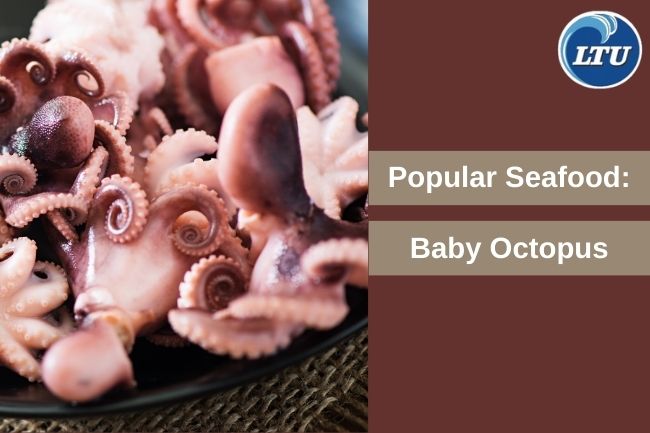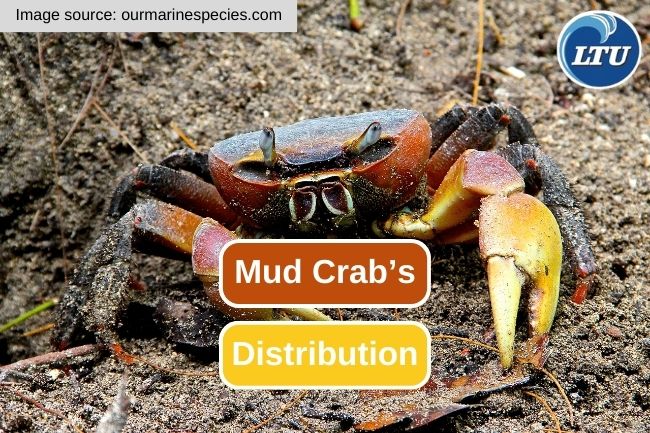Learn What are Black Pomfret Characteristics
By. Nevanda - 07 Jul 2023
lauttimur.com - The black pomfret, also known as the black pomfret fish or Halva in Indian cuisine, is a species of fish found in the Indo-Pacific region, particularly in the coastal waters of the Indian Ocean and the Arabian Sea. Here are some characteristics of the black pomfret:
1. Appearance
The black pomfret has a distinctive diamond-shaped body with a flat, oval shape. It is laterally compressed, which means it is thin from side to side. The fish has a silvery-black color on its upper body, while the belly is silver or white.
Read also: Easy and Quick Tuna Sandwich Recipe to Try at Home
2. Size
Black pomfrets typically range in size from 30 to 40 centimeters (12 to 16 inches) in length, although they can grow larger. The maximum reported length is around 70 centimeters (28 inches).
3. Fins
The black pomfret has a single dorsal fin located on the back, which is followed by an anal fin on the underside of the body. It also has pectoral fins on the sides, and a caudal fin, which is the tail fin.
4. Habitat
Black pomfrets are found in coastal waters, usually near the seabed, at depths ranging from 10 to 50 meters (33 to 164 feet). They prefer sandy or muddy substrates and are commonly found around coral reefs and rocky areas.
Read also: Here Are Some Dried Squid Dish Idea You Could Try
5. Diet
Black pomfrets are carnivorous and feed on a variety of small marine organisms, including crustaceans, small fish, and squid.
6. Reproduction
The reproductive behavior of black pomfrets is not extensively studied. They are known to spawn in shallow coastal waters, and their eggs are pelagic (floating in the water column). After hatching, the larvae undergo a pelagic phase before settling near the seabed.
7. Culinary Importance
Black pomfret is highly regarded as a food fish and is widely consumed in many Asian countries. It is known for its firm and flavorful flesh, making it suitable for various cooking methods, including grilling, frying, steaming, and curries.
It's worth noting that some of these characteristics may vary slightly depending on the specific species of black pomfret, as there are a few different species within the genus Parastromateus.








